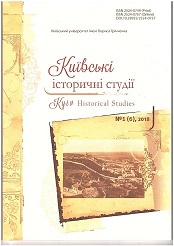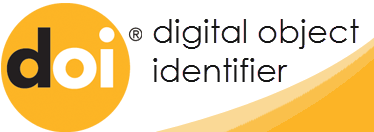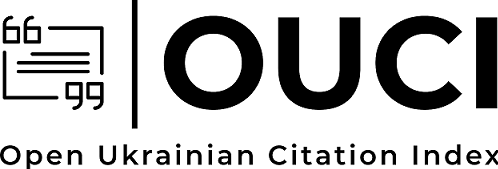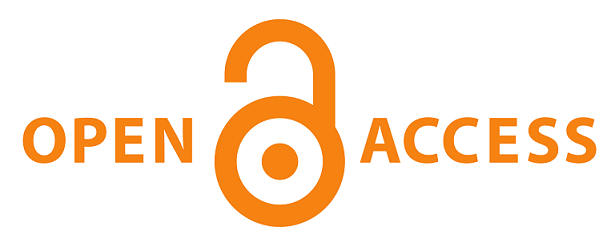KHVEDIR VOVK’S SOCIAL AND POLITICAL ACTIVITY THROUGHOUT V. VELEDNYTSKYI’S SLANDER
DOI:
https://doi.org/10.28925/2524-0757.2018.1.132136Keywords:
Khvedir Vovk, slander, “Stara Hromada”, V. Velednytskyi, emigration, archaeologyAbstract
The article consists of information about activity of the “Stara Hromada” in the 70s of the 19th century. It is found Khedir Vovk’s personal documents at the Scientifi c Archive of the Institute of Archaeology of Ukrainian National Academy of Sciences, in particular, the document “Slander of the Kyivian traitor V. Velednytskyi”. This document shows how “Stara Hromada” members were dangerous for the Russian Imperia society. E. g., he wrote that Khvedir Vovk’s fl at was “radical”. Secret lectures about Marx’, Feuerbach’s, Fichte’s ideas were held at Vovk’s fl at. These lectures were dangerous because lectors raised the question of God’s absence. Besides, “Stara Hromada” members denied such important values for everyone in Russian Imperia as faith, family, and Homeland. This document is unique source for understanding collision between “Ukrainian/unofficial” and “Russian/ official” Kyiv. In 70s of 19th century were edicts, which banned Ukrainian language as language of knowledge (according to the Valuev Circular (1863) and the Ems Ukaz (1876)). Likewise, this episode should be integrated to the history of relations between intellectuals (particularly, archaeologists) and authorities. It is examined the KGB archives in Ukraine. Thus, repressions issue in 30s years of the 20th century in the USSR is so popular among historians. “Intellectuals (historians, archaeologists, etc) and authority” relations were not established during Soviet times. V. Velednytskyi’s slander helps to understand that intellectual-authority relations started from Russian Imperia and continued to Soviet times.
Downloads
References
Derzhavnyi haluzevyi arkhiv Sluzhby bezpeky Ukrainy. Spr. 52578 [in Russian].
Hrab, V. I. (1999). Shtrykhy do portreta Volodymyra Parkhomenka. Poltavskyi arkheolohichnyi zbirnyk, 248–251 [in Ukrainian].
Hrab, V. I. (1999). U leshchatakh DPU: narysy pro bezpidstavno represovanykh diiachiv nauky ta kultury. Poltava: Arkheolohiia, 216 p. [in Ukrainian].
Grab, V. I. (1990). Delo N. E. Makarenko. Vyvchennia istorychnoi ta kulturnoi spadshchyny Romenshchyny: problemy і perspektyvy. Sumy-Romny, 29–31 [in Russian].
Hrab, V. I. & Suprunenko, O. B. (1991). Arkheoloh Oleksandr Takhtai. Poltava, 78 p. [in Ukrainian].
Hrab, V. I. & Suprunenko O. B. (1999). Dolia Mykhaila Rudynskoho. Arkheolohiia, (4), 91–100 [in Ukrainian].
Hrushevskyi, M. (Ed.) (1908). Zapysky Naukovogo tovarystva im. T. Shevchenka, Vol. 84, 245 p. [in Ukrainian].
Smolii, V. A. (Ed.). (2016). Istoryk і vlada. Kyiv: Instytut istorii Ukrainy NAN Ukrainy, 543 p. [in Ukrainian].
Mankovska, R. (2012). Muzeini ustanovy ta muzeinyky u period «Velykoho teroru» (1937–1938 rr.). Abstracts of Papers ‘12: Politychni represii v Ukrainskii RSR 1937–1938 rr., pp. 300–321 [in Ukrainian].
Naukovyi arkhiv Instytutu arkheolohii NAN Ukrainy. F. 1, Spr. 384a [in Russian].
Formozov, A. A. (1983). Nachalo izucheniia kamennogo vieka v Rossii. Pervyie knigi. Moscow: Nayuka, 248 p. [in Russian].
Franko, O.O. (2002). Arkhiv Vadyma Shcherbakivskoho u Prazi. 100 rokiv kollektsii Derzhavnoho museiu Ukrainskoho narodnoho dekoratyvnoho mystetstva, 43–55 [in Ukrainian].
Franko, O. O. (2000). Fedir Vovk — vchenyyi hromadskyi diiach. Kyiv: Vydavnytstvo Yevropeiskoho universytetu, 378 p. [in Ukrainian].
Franko, A. D. & Franko, O. E. (1990). Fiodor Kondratievich Vovk (Volkov): biografi cheskyi ocherk. SE, (1), 86–95 [in Ukrainian].
Tsentralnyi derzhavnyi arkhiv hromadskykh obiiednan Ukrainy (TsDAHO Ukrainy). F. 263, Op. 1, Spr. 65995 [in Russian].
TsDAHO Ukrainy. F. 263, Op. 1, Spr. 37201 [in Russian].
Published
How to Cite
Issue
Section
License
Copyright (c) 2018 Kyiv Historical Studies

This work is licensed under a Creative Commons Attribution-NonCommercial-ShareAlike 4.0 International License.
Authors who publish in this journal retain the right of authorship of the work and give to the journal right of first publication of this work under the conditions of Creative Commons: Attribution-NonCommercial-ShareAlike 4.0 International (CC BY-NC-SA 4.0), which allows others freely distribute the work published with reference to the authors of the original work and the first publication of this magazine.














